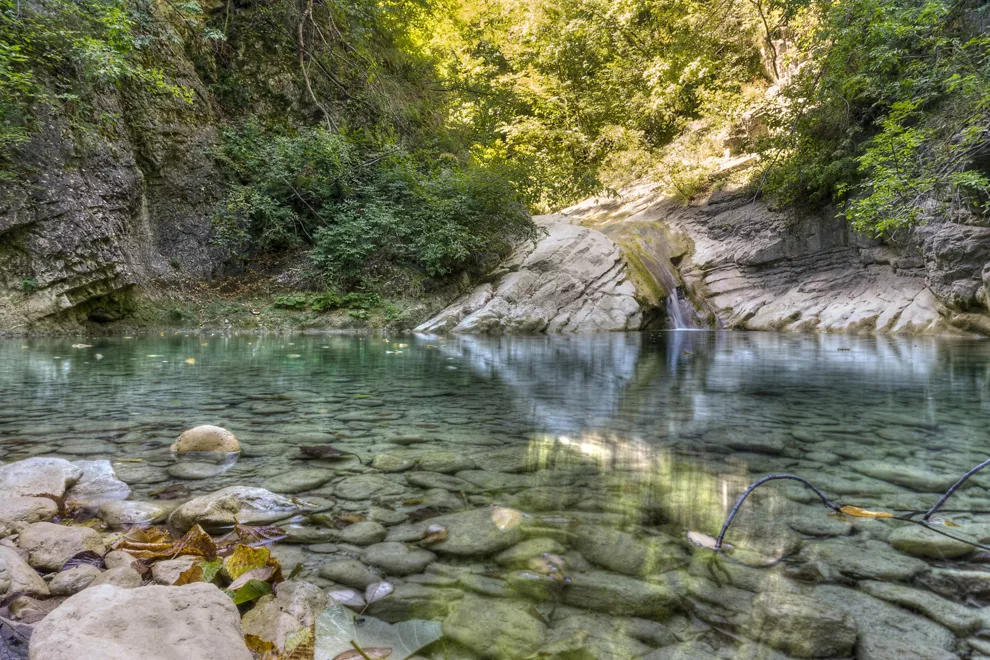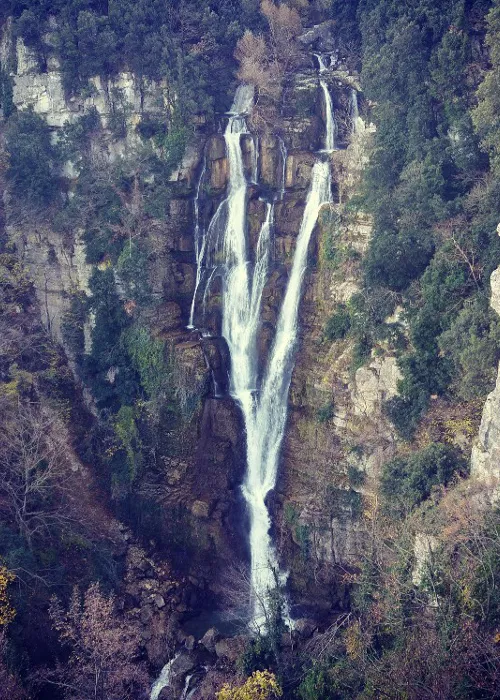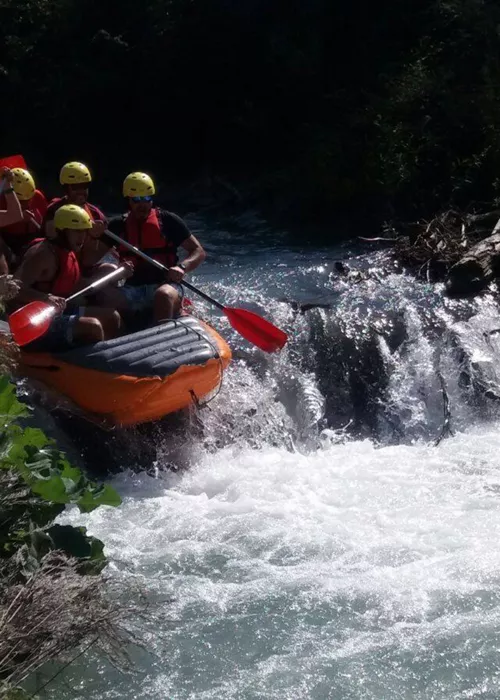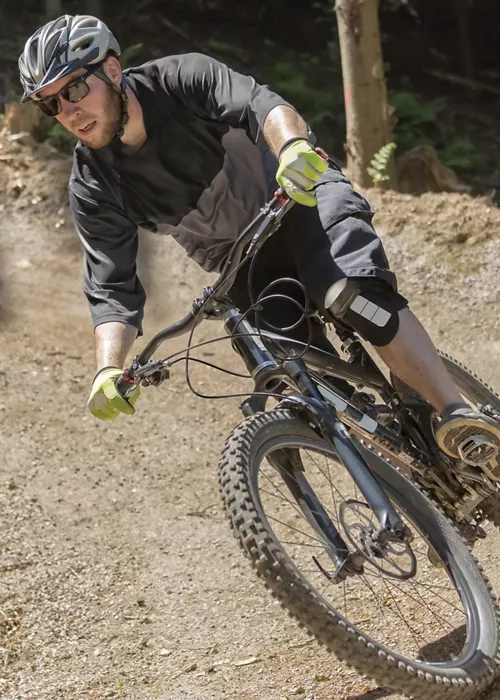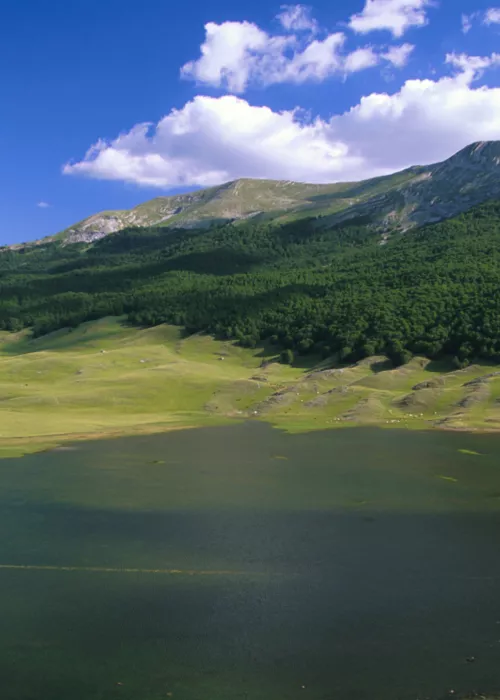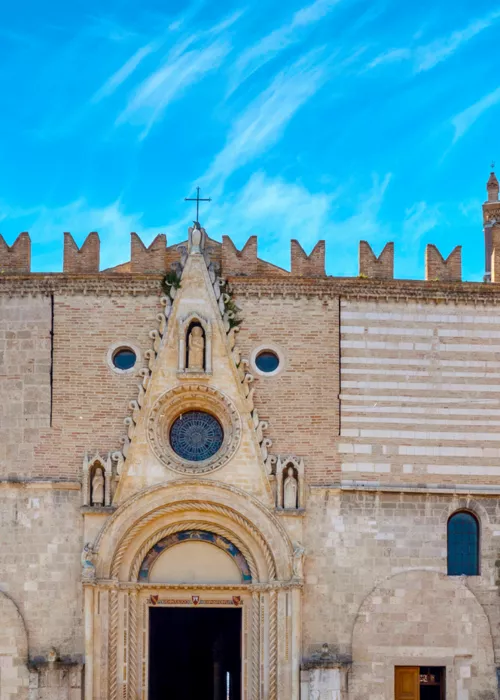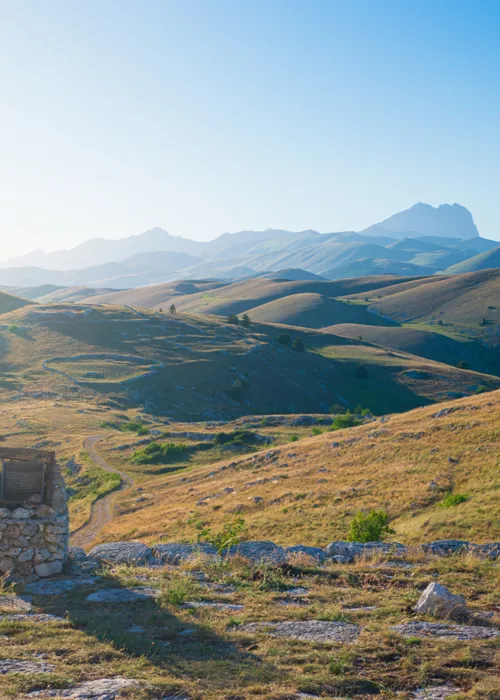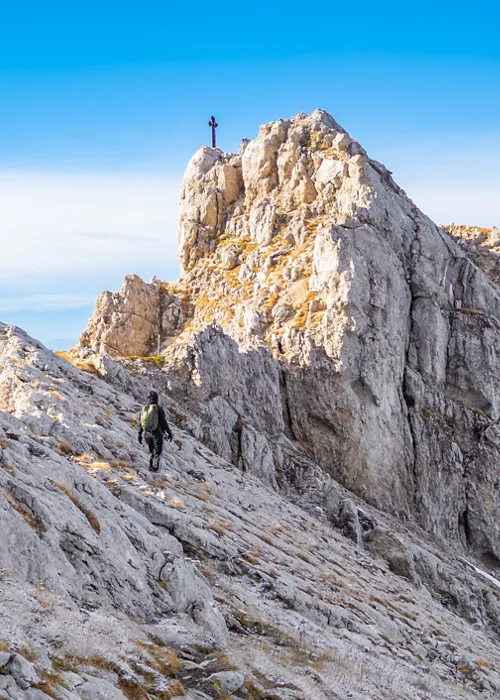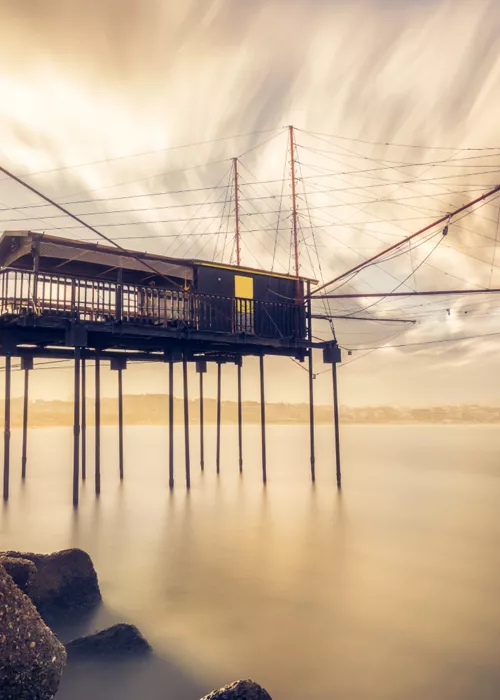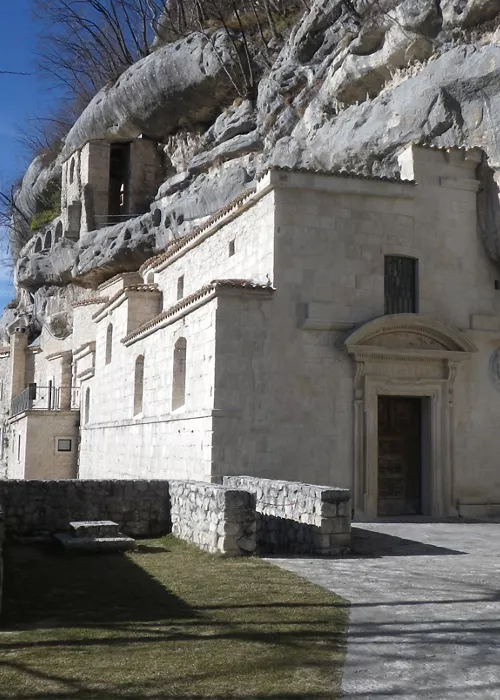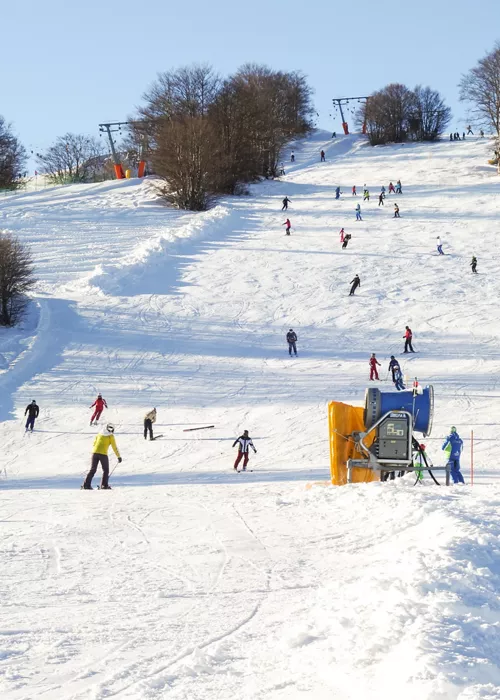Abruzzo: canyoning among gorges and hermitages in the shadow of Gran Sasso
3 minutes
In the heart of the Gran Sasso National Park, between the Laga Mountains, immersed in the wild beauty of the Salinello Gorgehow about some canyoning through narrow gorges between 200 metre high walls, waterfalls and pools of water?
If we have caught your attention, read on here.
A postcard landscape

Rocks in water, green vegetation, beech, oak and hazel trees alternating with edelweiss and mountain orchids: that's the landscape you can expect. Eagles and peregrine falcons fly over the deep gorges. The constantly moving water provides the backdrop with its roar. Where it slows down, a pond forms, elsewhere it plummets in a roaring waterfall.
The Lu Caccheme waterfall

The most spectacular waterfall is certainly Lu Caccheme, 35 metres high. It is located at the very beginning of the gorge and can be reached even without venturing into the canyon, via a path of steps. Its name in dialect means the cauldron because of the shape of the rock that receives the roaring water, creating a small green lake.
Canyoning in the gorges

If what you are looking for is pure adrenalin, canyoning through the waters of the river with helmets and harnesses to traverse the Salinello gorge is the experience for you.
Spring is the best time for canyoning: the river is at its maximum flow and nature at the height of its beauty. The route takes about four hours and is of medium difficulty. The access is in Ripe, a few kilometres from Civitella del Tronto, the nearest village.
Caves turned into hermitages

It took centuries for the river to carve such deep gorges, finding space between the Monti Gemelli, the Montagna dei Fiori on one side and the Montagna di Campli on the other. In this area, there are caves that have been inhabited since prehistoric times, then turned into hermitages in medieval times.
The Sant'Angelo cave is 30 metres high, 10 metres wide and 40 metres long. It is a place considered holy since ancient times and in the Middle Ages it became a hermitage. Today it is dedicated to the Archangel Michael but originally they paid fertility rites were held here. It is the first one encountered along the route, but not the only one.
The most daring is the hermitage of Santa Maria Scalena, which can only be reached via an impassable path equipped with ropes. Of the hermitage of San Francesco alle Scalelle, where St Francis of Assisi is also said to have stopped, only a few walls remain. The largest one is the Hermitage of S. Angelo in Volturino, a cave turned into a monastery of which fragments of the floor and frescoes still remain. Traces of frescoes and barrel vaults are also visible in the cave of St Mary Magdalene.
The panorama from Castel Manfrino

If, after canyoning, you are in the mood for other adventures, you can proceed on foot along the loop trail to Castel Manfrino.
The ruins of the castle, built by King Manfred of Swabia in the 12th century, are located on a rocky outcrop 900 meters above sea level: a guaranteed panoramic view.
The hamlet of Civitella del Tronto

At the end of the day, why not treat yourself to a stroll through the arches and alleyways of the hamlet? Here is one of the narrowest streets in Italy, the Ruetta. Climb up to the fortress for a view of the Laga massifs. After the walk, stop for dinner to taste Bourbon-style strains and filets.

